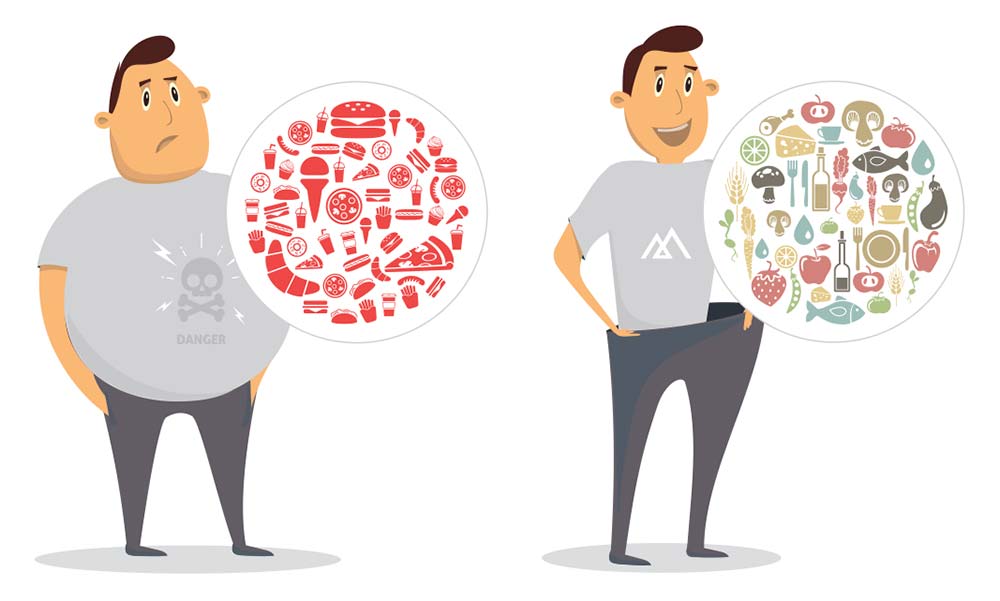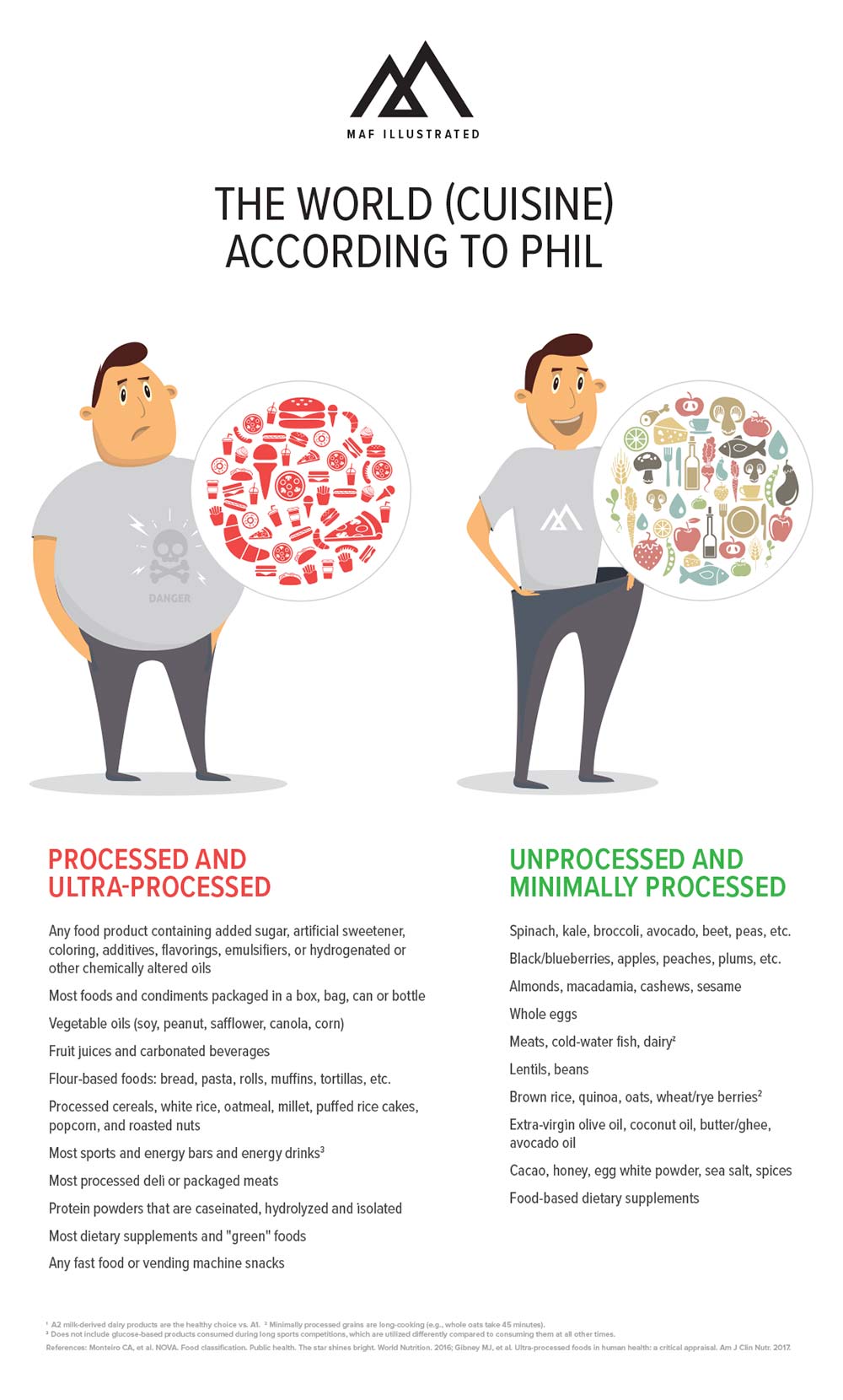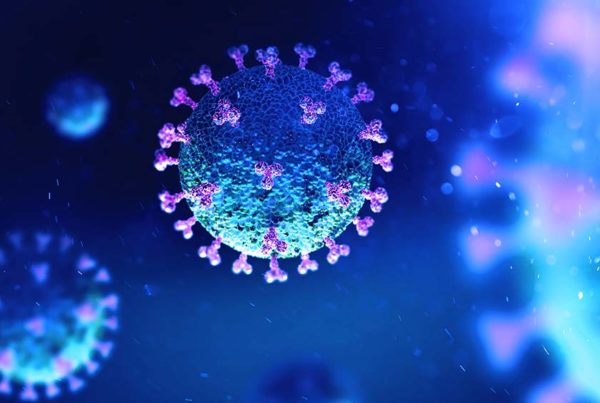
The MAF Food Classification system is a simple guide to help you make wise and scientifically sound food choices, eat more naturally, avoid junk, and build health and fitness.
The importance of food processing and its role in food-related dysfunction and disease is finally a priority, and is being reflected in global food classification systems. I developed the accompanying MAF Food Classification graphic to be uncomplicated, and also more holistic by listing foods with higher-nutrient quality in the unprocessed category.
 There are simply two main categories of food:
There are simply two main categories of food:
• Unprocessed and minimally processed. These include vegetables and fruits directly taken from the field or farm and eaten (although washing off the dirt is not processing); these foods may be frozen to preserve freshness. Minimally processed foods are those that are sorted, shelled, dried, cooked and otherwise prepared for consumption.
• Processed and ultra-processed. Most of these foods fall into the junk-food category, but some may surprise you and many are often thought of as “healthy.” While some companies think anything made on earth is considered natural, in the real world we know processed foods are fake and unhealthy. The worst processed foods are ultra-processed. Even adding one unhealthy ingredient to an otherwise healthy food results in an unhealthy item.
The most obvious distinguishing feature between natural and unnatural food is the ingredient list. The least-processed foods have fewer ingredients.
Just because a food is sold in a health-food store, farmer’s market, or is homemade doesn’t necessarily make it healthy — although these venues do sell healthy foods too. Likewise for foods that are certified organic, vegan, kosher, etc. — although these standards add quality to truly healthy foods. And just because something is labeled vegetarian, or belongs to a particular cuisine such Japanese, Indian or others generally thought to be healthy, does not necessarily make it so; although some are not only healthy but delicious.
Natural foods often appear to be more expensive, not as easy to find, and may require some preparation at home. Unnatural foods appear cheaper, are available everywhere, and are often ready-to-eat right out of the package.








